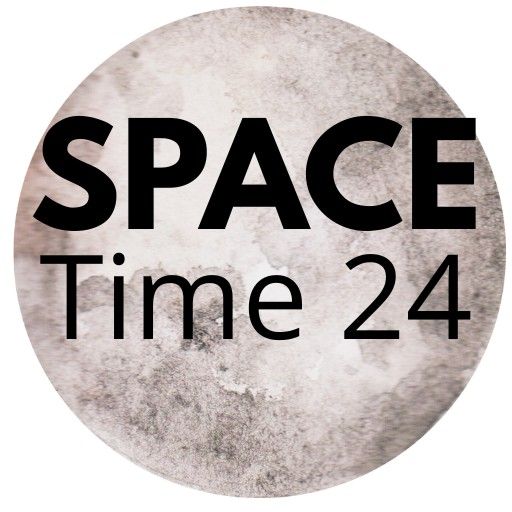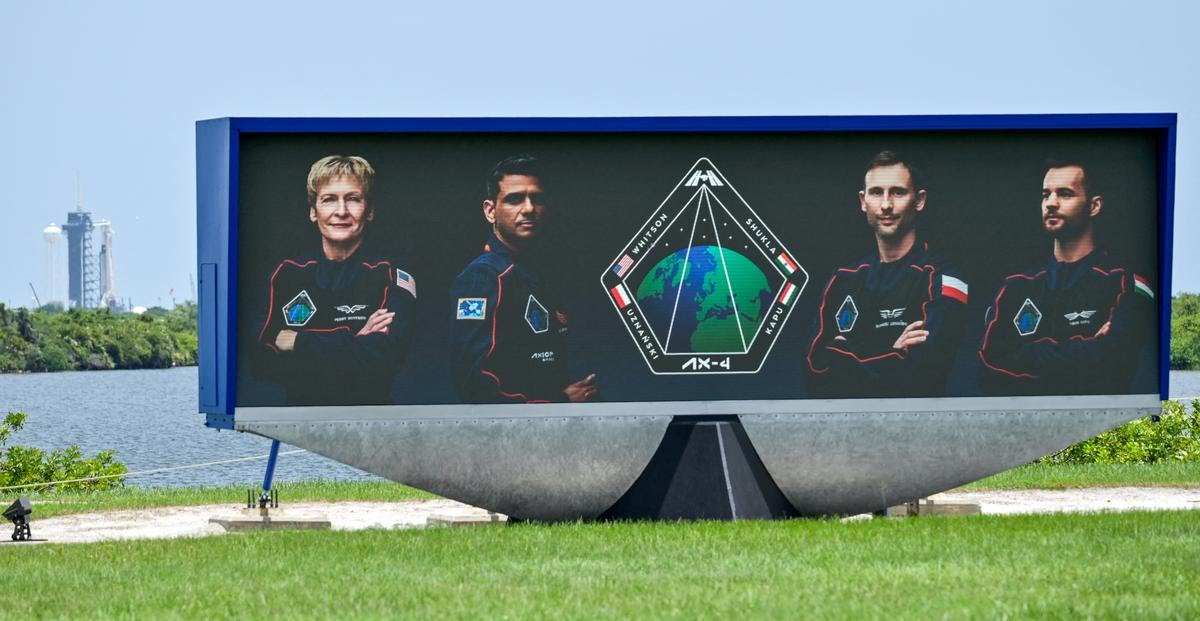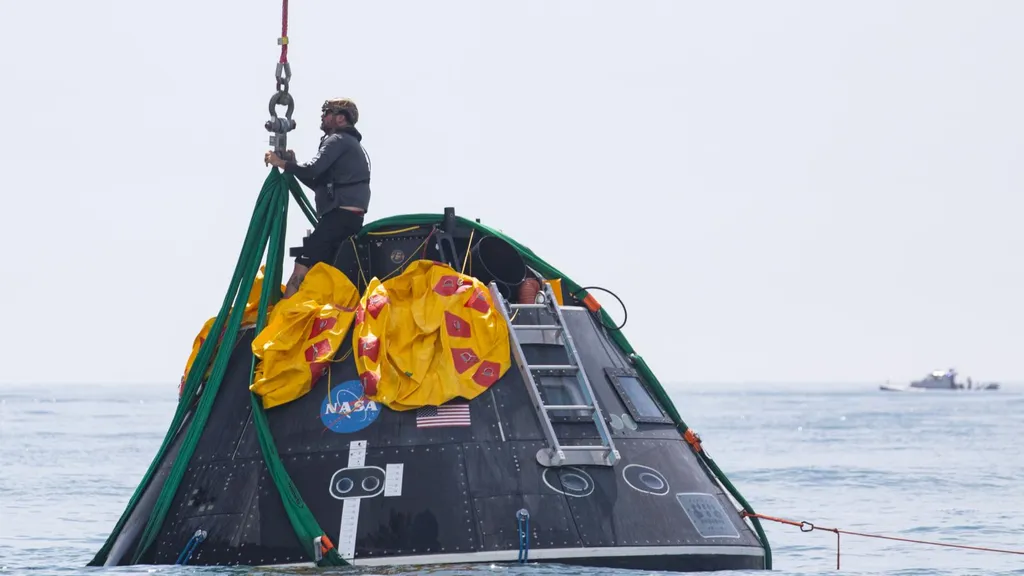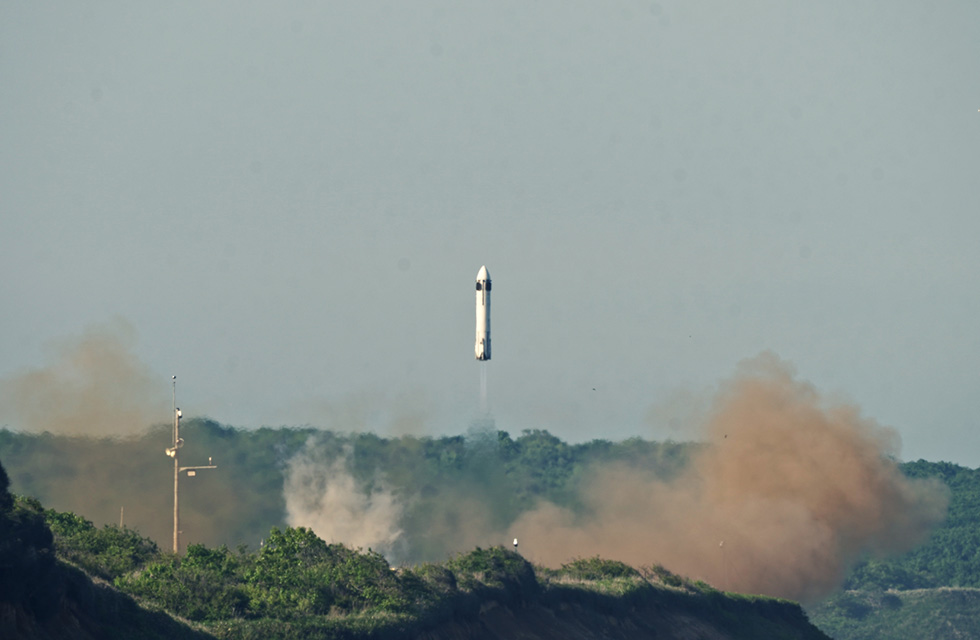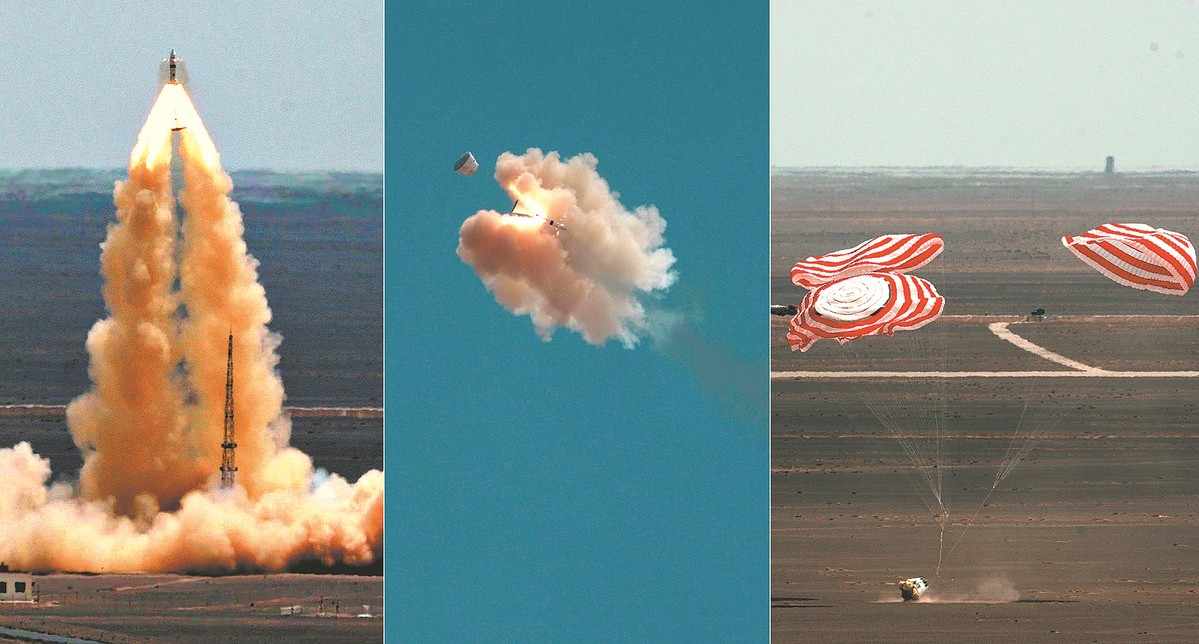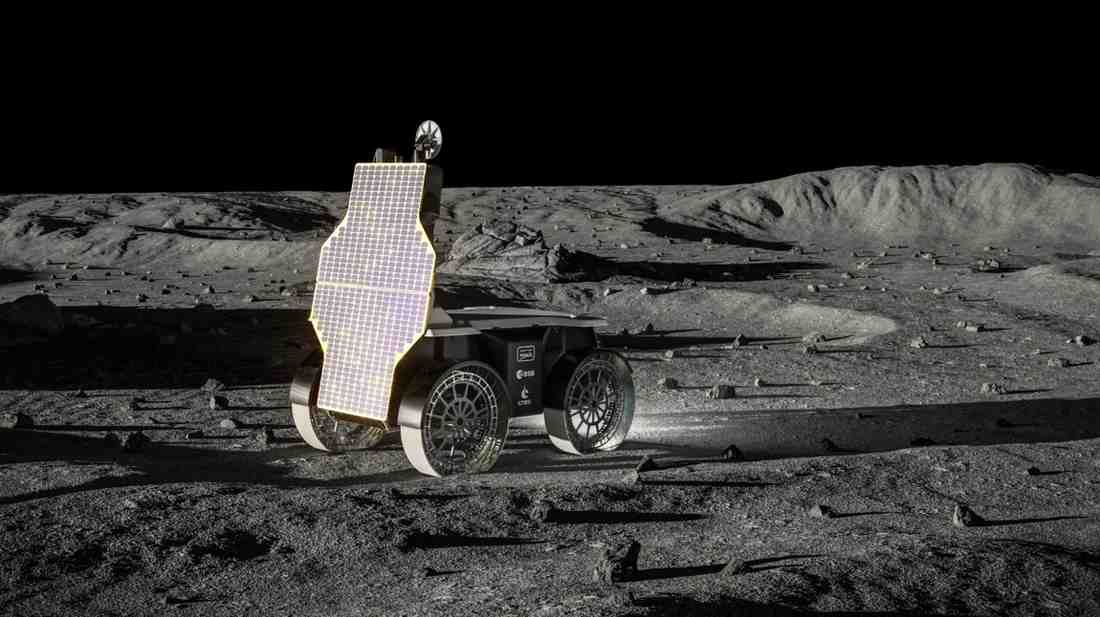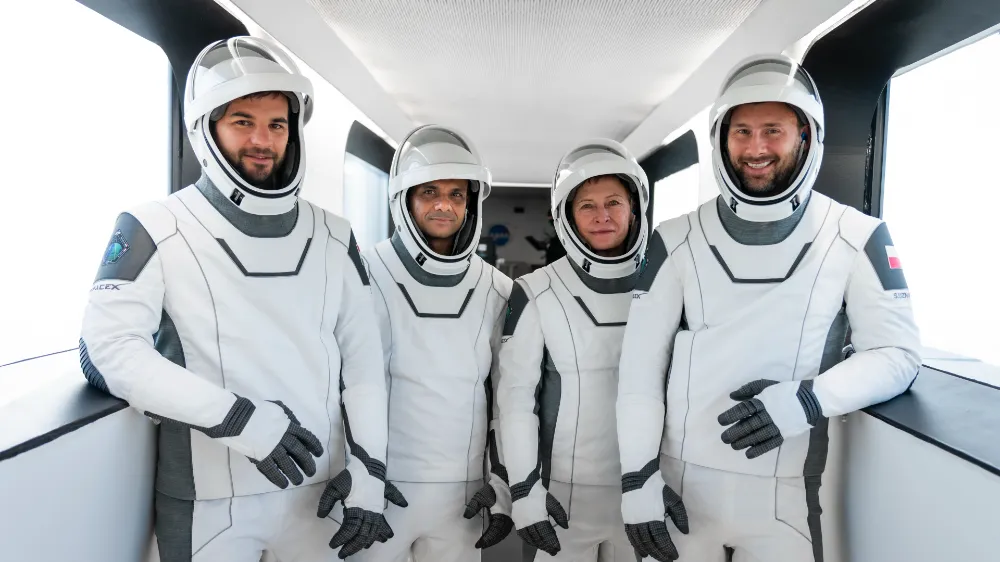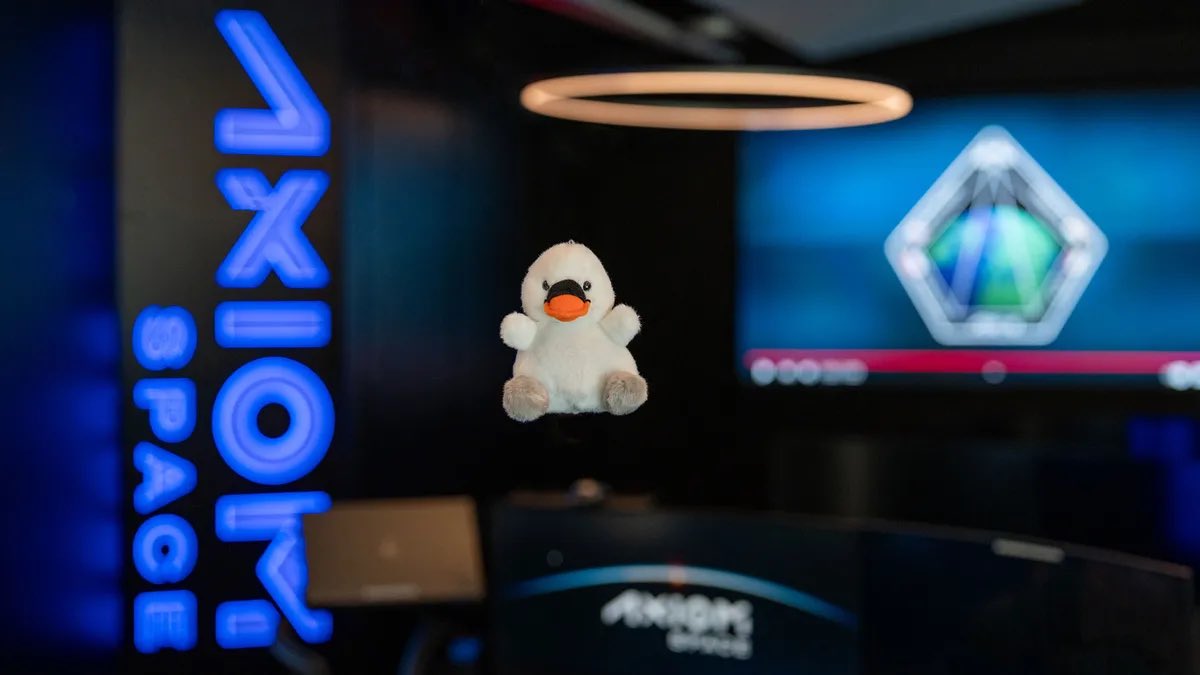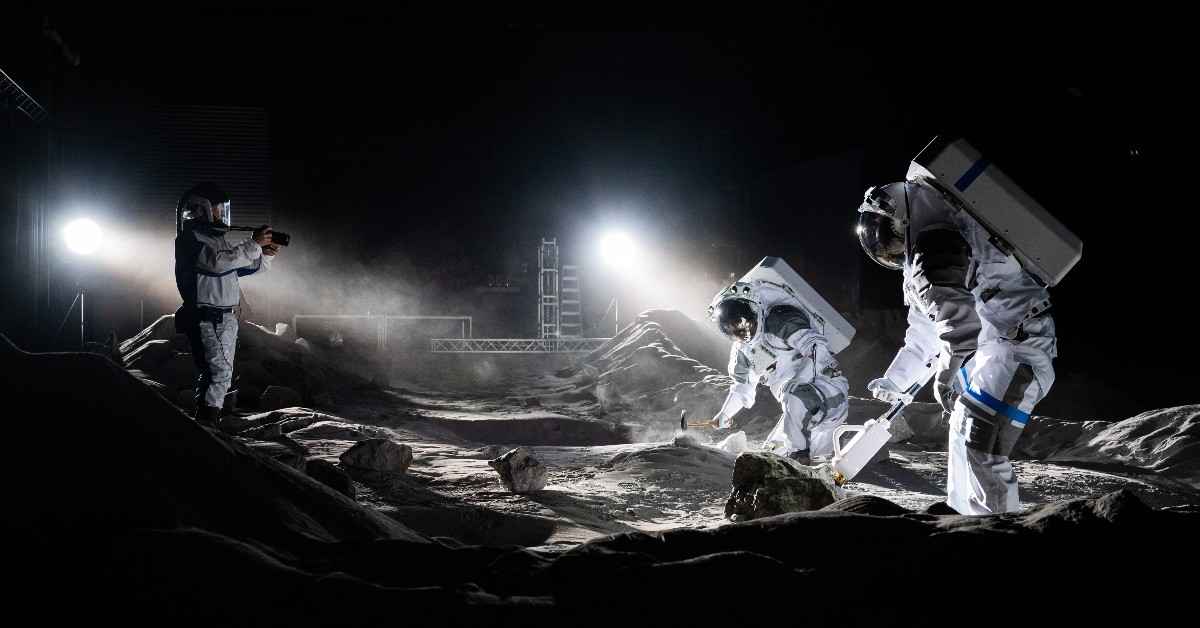Rocket Lab is preparing to launch the ‘Symphony in the Stars’ mission today from New Zealand using its Electron rocket. The mission will carry multiple satellites into low Earth orbit for commercial and scientific customers.
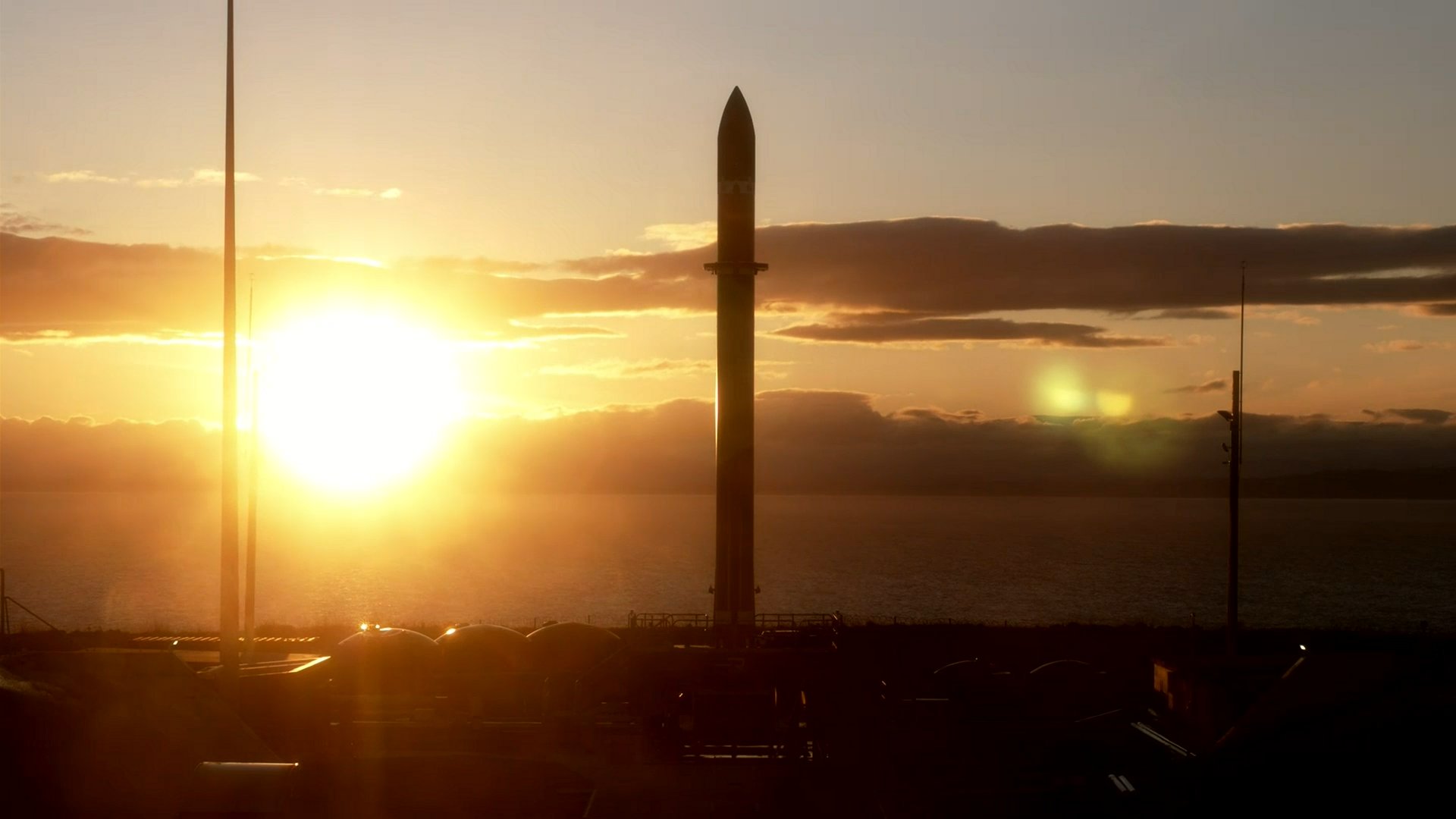
Rocket Lab Ready to Launch ‘Symphony in the Stars’ Mission from New Zealand’s Māhia Peninsula
Rocket Lab is making final preparations to launch its next Electron mission, ‘Symphony in the Stars’, from Launch Complex 1 on New Zealand’s Māhia Peninsula. The mission, scheduled to lift off within hours, will carry multiple payloads into low Earth orbit (LEO), continuing Rocket Lab’s focus on small satellite deployment for commercial, academic, and government partners.
This mission marks another important step in Rocket Lab’s effort to offer dedicated, responsive launch services for the fast-growing small satellite sector, which supports a wide range of services including Earth observation, scientific research, climate monitoring, and communications.
Mission Objectives and Payload Details
The ‘Symphony in the Stars’ mission will deploy multiple small satellites (specific details about the payloads may be released closer to or after launch). These satellites are expected to support:
- Earth observation and remote sensing
- Scientific instrumentation
- Technology demonstration experiments
Rocket Lab is known for working with a variety of clients, including NASA, DARPA, private space tech companies, and academic institutions. While some missions are publicly detailed, others remain partially undisclosed until after payload delivery is complete.
As with previous flights, Rocket Lab is using the Electron rocket, its lightweight, two-stage launch vehicle designed for payloads up to 300 kilograms to low Earth orbit. The Electron’s precision, reliability, and ability to launch from a private site give it a unique position in the small satellite launch market.
Launch Site and Timing
The mission will launch from Rocket Lab’s Launch Complex 1, located on the Māhia Peninsula of New Zealand’s North Island. The remote location provides an ideal trajectory for orbital insertion over the Pacific Ocean and supports high-frequency launch scheduling.
Rocket Lab has confirmed that:
- Pre-launch checkouts are complete
- Weather conditions at the site are favorable
- The Electron rocket is fully integrated with the payload
The launch team is assessing options for a new T-0 lift-off time for tonight’s launch attempt due to strong upper level winds over LC-1.
The launch window for ‘Symphony In The Stars’ extends until 9:24 p.m. NZT. Stand by for an update.
Live Broadcast and Public Viewing
Rocket Lab offers live coverage of all its missions. Viewers can watch the ‘Symphony in the Stars’ mission via:
Rocket Lab’s official website
Rocket Lab’s YouTube channel
The live stream typically begins 20 to 30 minutes prior to launch, offering commentary, telemetry data, and visuals from the launch site and mission control.
Reusability Update: Electron Booster Recovery
Although this mission is focused on payload delivery, Rocket Lab continues to explore booster recovery for the Electron rocket. Some missions include parachute-assisted splashdown and helicopter catch attempts. However, ‘Symphony in the Stars’ is not currently confirmed as a recovery mission.
Rocket Lab’s Growing Launch Record
Since its debut flight in 2017, Rocket Lab has established itself as a leading launch provider for the small satellite industry. Electron missions have launched over 170 satellites to orbit and have maintained a strong success rate.
The company also continues to develop its Neutron rocket, a larger, partially reusable vehicle designed to support heavier payloads and potentially crewed missions in the future.
Conclusion
The ‘Symphony in the Stars’ mission represents another step forward in Rocket Lab’s commitment to frequent, precise, and customer-tailored space launches. With its reliable Electron rocket and private launch facility in New Zealand, Rocket Lab continues to play a vital role in democratizing access to orbit for small satellite developers around the world.
New source:-
https://x.com/RocketLab/status/1935838468024025526?t=NlWcjmfTWlRtzyrul9cEXw&s=19
FAQs: Symphony in the Stars
1. What is Rocket Lab’s ‘Symphony in the Stars’ mission?
It is a dedicated launch using the Electron rocket to deploy multiple small satellites into low Earth orbit for commercial and research purposes.
2. When and where is the launch taking place?
The launch is scheduled for today from Launch Complex 1 on the Māhia Peninsula, New Zealand. The exact time is within the current launch window.
3. What type of rocket is being used?
The mission uses Rocket Lab’s Electron rocket, a two-stage launch vehicle designed for small payloads.
4. Who are the customers or satellite operators?
Payload details are not yet fully disclosed. Rocket Lab frequently launches for commercial companies, research institutions, and government agencies.
5. Can the launch be watched live?
Yes, Rocket Lab is offering a live stream on its website and YouTube channel, starting about 20–30 minutes before liftoff.
China Launched Zhangheng-1 02 Satellite, But Why?
Axiom-4 Mission To ISS Rescheduled for June 19, 2025 After Technical Fixes-Revealed By ISRO Chief
